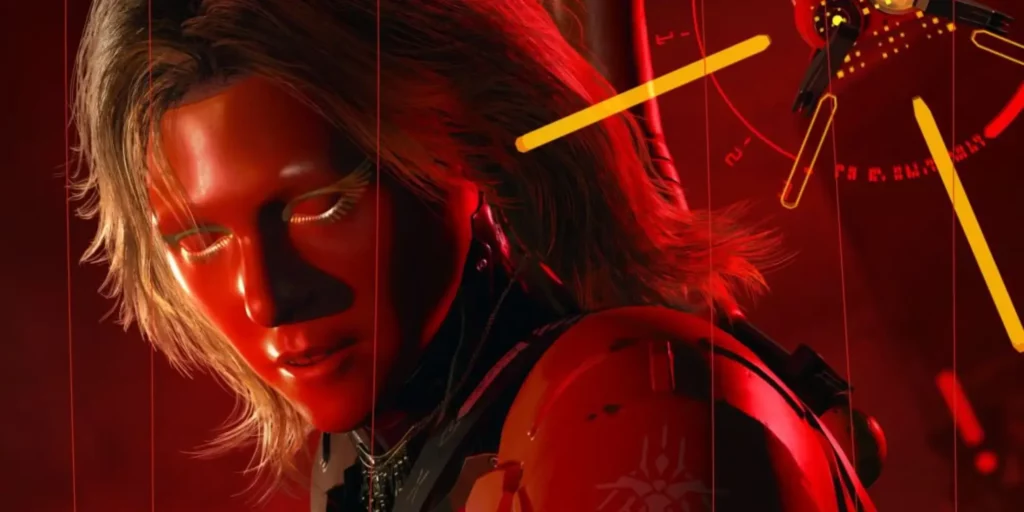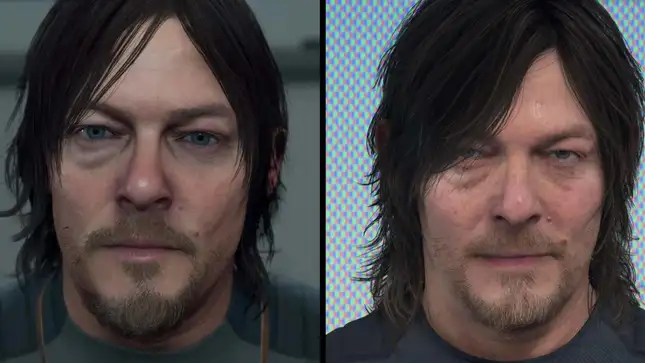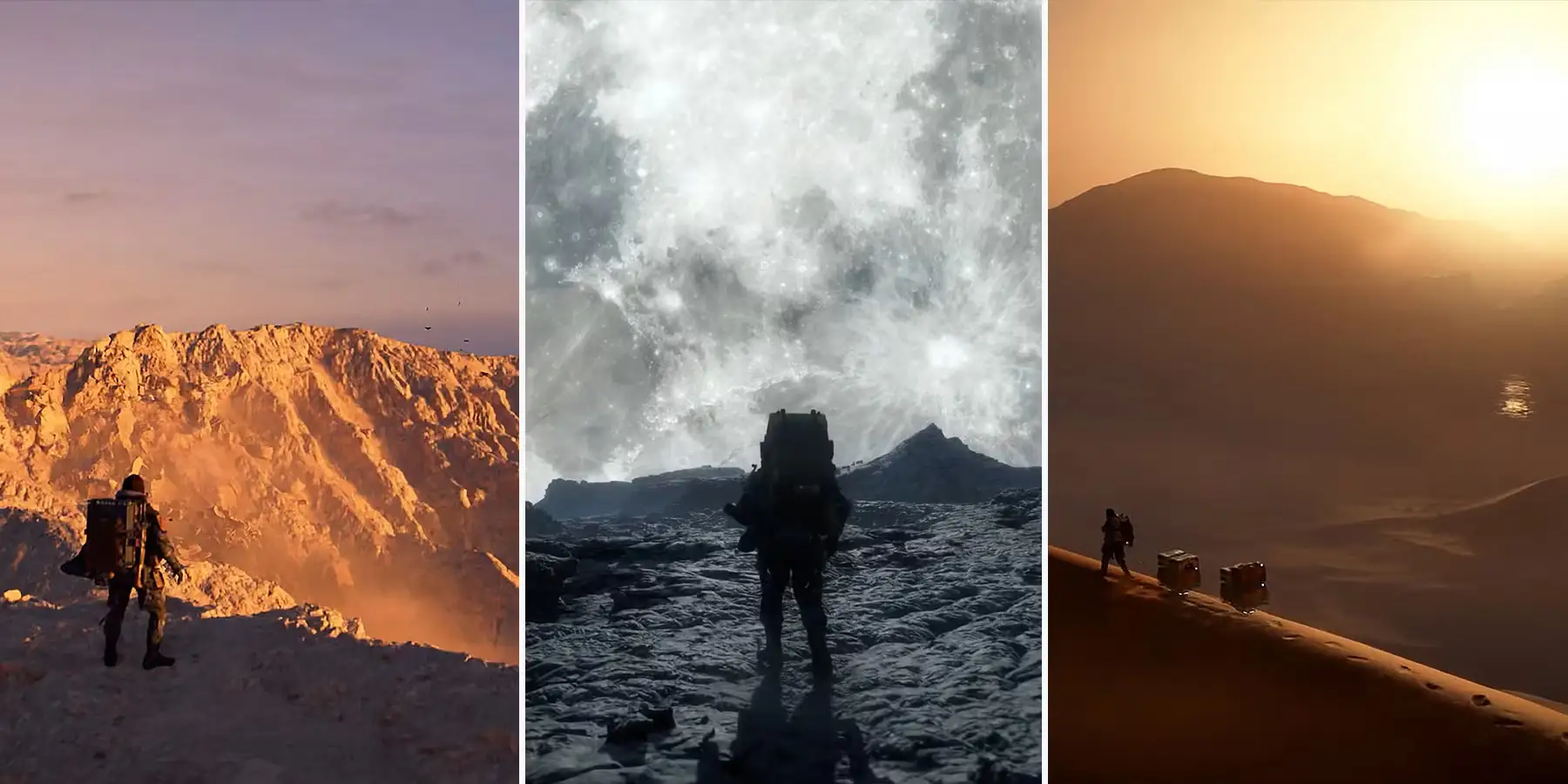Death Stranding 2: On The Beach goes beyond the game’s already globally spanning journey, taking in a whole new horizon. Sam is now tasked with connecting Mexico in through a Plate Gate in Australia, no longer needing to reconnect American cities. With the introduction of a new setting, we not only get new lands and climates but we also get new societies and characters altogether. Though you’ll still be crossing rivers, balancing cargo, and using structures built by players, the landscapes and people you meet aren’t quite the same as the first game.
New Allies and Fast Travel Systems
Drawbridge has taken over as Fragile Express’s new team. She has some extra hands around her neck for mysterious reasons. She commands the DHV Magellan ship, which travels the tar current thanks to Tarman. This boat acts as a mobile base and a new fast travel method across Australia. Unlike the Beach Jumping in the previous game, the DHV Magellan lets you bring all your gear, materials and vehicles, making long-distance deliveries much easier. Nevertheless, some cargo like Lost Cargo does not travel well when you fast travel which can lower the ratings. The ship offers a private room for your use, helps fabricate equipment, a storage area for cargo, and you may also give your cargo over to other porters´ care.
A Life World: Changing Weather and Other Dangers
The sequel introduces a much deeper environmental system. Gone is the simple “rain or not” dynamic. Now, an actual night and day cycle, rivers that rise and fall, dust storms, bushfires and Gates Quakes that will affect your travel and delivery options.
The player-created structures could become damaged from these events, and they would add another layer of challenge to any journey — environmental management is as important as evading BTs.

Wildlife and Animal Sanctuary Deliveries
New wyllife (animals) in the game now include Australian animals. The prior game contained cryptobiotes and the very occasional bird that players could discover, but people will soon find many local animals that players can carry. The animals in the game are endangered and need to be safely delivered to sanctuaries. All animals are transported in specially padded containers.
Combat and Stealth Revamped
Combat sees significant upgrades. The first game wanted players to steer clear of fighting, but the new sequel gives them more tools and strategies, making fighting look tempting.:
Players may now perform block, dodge, counterattack, and air moves. The new electric weapons and the capability to toss equipment allow for flexibility in any encounter.
There is a wider variety of enemies to fight, including heavily-armoured humans, stronger BTs, and even the new Watchers that pose a greater threat. Mechs will make their first appearance as enemy units. Players will need to consider the effectiveness of different weapons when fighting against different enemy types.
Weapon and Arsenal Customisation
Weapon classes like assault rifles and shotguns are returning but lighter guns that can be carried are also offered this time around. The tranquiliser stock now includes pistols and sniper rifles for a quieter approach. Because silenced weapons are more difficult to obtain, stealth strategies are riskier, and players must plan carefully before engaging enemies.
Advanced Stealth Mechanics
Stealth-based gameplay benefits from streamlined controls and new gadgets. You can takedown takedown enemies in a faster and more natural way without changing equipment. Players can survey enemy positions via the Observation Towers and new comrade, Dollman. Dollman can be thrown to investigate areas and lure enemies, which helps during infiltration.

Vehicles: Upgrades and Automation
Tri-Cruiser is the new trike that has more practicality for porters. Now players can collect cargo without stopping and use some weapons while driving. Later enhancement in the game enables vehicles to use automated weapons. They can now collect itemized cargo on their own while you steer the vehicle.
Cargo and Storage System Improvements
Managing cargo is more user-friendly. A redesigned quick menu lets you auto-arrange your items instantly and offload them as well. This makes it easy to prepare for a fight or regrouping after a delivery. You can ship or monorail, materials all over the continent, while players can demand players, thus making management more collaborative.
Upgraded Transportation Networks
Transportation infrastructure is further improved with the new introduction of monorail besides road paver and zipline. Materials, vehicles, and even Sam himself can move between major hubs with monorails. Ziplines have become more flexible, allowing for a slight bend and easier construction around obstacles.
Progression and Customisation Systems
Players can now unlock the APAS system enhancements in the game. Players can enable or disable these perks based on the gameplay style or situation. Character stats in Ironman, such as the carrying capacity and lung capacity, will improve through consistent use like in the good old games.
Additional Features and Tweaks
The sequel includes a variety of smaller changes that have impact
- You can connect two ladders to extend them; you can also place mechanised holds for faster rope climbing.
- When there are not so many lethal weapons around, we shall not have any lethal approach. Bodies can now be dumped in the regular distribution centres.
- You can access this feature at any time during the game like during cutscenes or dialogs.
- The choices for dialogue allow players to have more control over their interactions with NPCs.
- Chiral Creatures will be new minor threats which damage your equipment if left alone.
- You can get a portable music player for custom soundtracks while in the network.
Death Stranding 2: On The Beach is a leap forward for the series, featuring a larger world to explore, better combat, and a range of quality-of-life improvements that should please long-term fans as much as newcomers.

